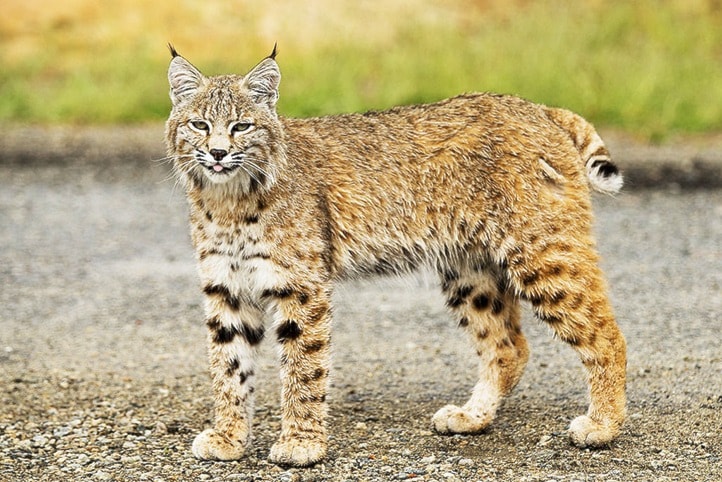Barbara Roden
The Journal
A graduate student at the University of B.C. Okanagan in Kelowna is looking for photographs of lynx and bobcats in the wild, to assist in mapping the distribution of both species throughout the province.
TJ Gooliaff, an MSc candidate and Biologist in Training, is trying to determine if the habitats of both species are shifting due to climate change.
“The area around Ashcroft, Cache Creek, and Clinton is of particular interest, because both bobcats and lynx are found there,” explains Gooliaff. “Lynx have traditionally been found throughout the province, except on the coast, while bobcats are found throughout southern B.C.”
Historically, he says, the habitats of the two species have been separated by snow levels. “Lynx have extremely long legs and large snowshoe-like paws, making them well-adapted for travelling across deep snow. In contrast, bobcats are heavier, have small feet, and sink into the snow.”
Climate change, however, has led to earlier springs and lower snow levels in western North America. Gooliaff also notes that it has affected the quality of the snow on the ground. “It’s warmer during the day, so the top layer of snow melts, then freezes again at night, forming a crust over the deeper snow that bobcats can traverse.”
Gooliaff believes this means that suitable bobcat habitat might now be present in new areas of the province. “I predict that bobcats are expanding northward, and to higher elevations, into areas that have traditionally been occupied only by lynx. We don’t know the effect on lynx populations; they may be being displaced by bobcats, pushed further north and to even higher elevations.”
In order to map the current provincial distribution of both species, to determine if their ranges have shifted in response to climate change, Gooliaff is seeking the assistance of anyone who has pictures of lynx or bobcat they’ve taken at any time over the last 30 years.
“They don’t have to be great quality; they just have to show a bobcat or lynx (or even part of one). They can be blurry or dark, and taken by trail cameras or conventional ones.”
Anyone sending photos has to include the date and location of each picture. “Location should be as specific as possible: most preferred is UTM or LAT/LONG coordinates. If that information isn’t available, please provide the name of the nearest road, landmark, or town (including distance and direction from the place noted).”
The photos will be used for data only, and won’t influence management decisions regarding hunting/trapping bag limits or season dates.
Anyone who has photos they can send to help with the project can e-mail them to Gooliaff at tj.gooliaff@ubc.ca.
